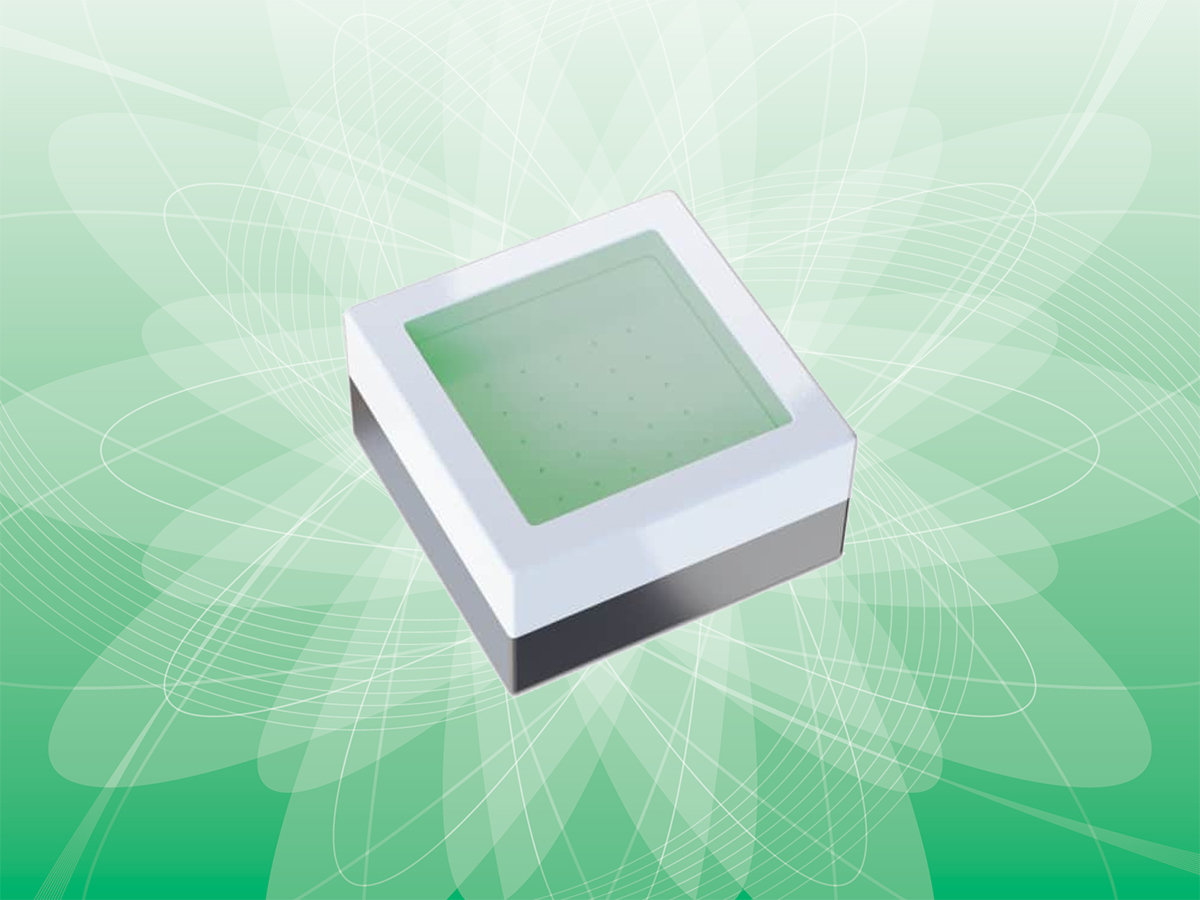
A monochromatic color LED is a semiconductor light source that emits light in the color of a single hue. Its narrow-band emission results in a perceptual response of colored light such as red, green, blue, amber, cyan, far red, deep red, red-orange, and royal blue. Monochromatic emitters are used for creating colorful luminance to make visual sense to the viewer, rendering color peaks in the desirable attributes of the illuminated objects, or engaging a specific response. There is an almost infinite range of lighting applications that call for the distinctive spectrum of color LEDs. Color LEDs are used to bring the luminous splendor of LED technology to architectural facades and landmarks, to transform a landscape into a captivating and inspiring environment, to enhance the aesthetic appearance of an interior space, and to breathe all the drama and excitement of stage lighting into audiences. The world of horticulture lighting is growing by leaps and bounds with color LEDs being used to drive photosynthesis and regulate physiological processes such as photomorphogenesis, photoperiodism, and phototropism.





